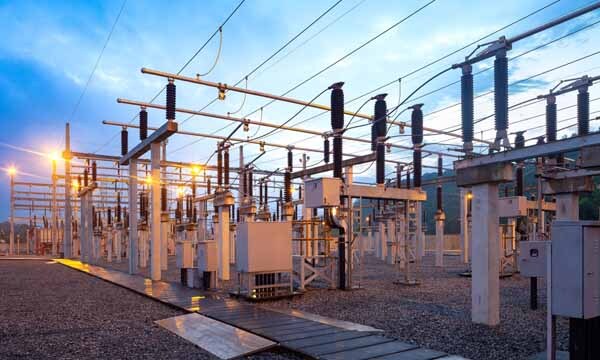
As we move into a world where we all use more electricity, Wales needs new grid infrastructure and fast but the cost of how to do it are long contested.
A wave of new evidence has been presented in the form of reports from the Institution of Engineering Technology looking at the costings at transmission level and two newly released reports commissioned by Green GEN Cymru that focus on distribution level. They provide crucial context to the ongoing national debate about how best to construct Wales' future grid infrastructure.
Published in response to growing public and stakeholder demand for transparency, Green GEN Cymru’s comparisons are focused on real-life projects and look at the technologies needed to transport power on their proposed Towy Usk route, a 96-kilometre distribution line between Powys and Carmarthenshire.
The findings are clear. Underground cable installed using open cut trenching is, on average, 4.5 times more expensive than overhead lines, while cable laid using cable plough technology rises to 5.1 times the cost. Crucially, the reports reveal that for Green GEN’s capacity, the cost of the underground cable alone exceeds the total cost of constructing the entire overhead system, including materials and installation.
The reports reinforce conclusions from the Institution of Engineering and Technology (IET), whose own independent analysis also found that undergrounding options carry a significant cost premium. These aligned findings are expected to shape future infrastructure decisions across Wales and the wider UK as energy providers grapple with balancing environmental concerns, cost efficiency, and public acceptance.
A spokesperson for Green GEN Cymru said:
“We fully appreciate the considerations behind this debate and have always pledged transparency. These reports add to the growing body of reliable, technical evidence, such as that produced by the IET, demonstrating the cost implications of undergrounding. In the case of just one of our proposed distribution routes, undergrounding the entire route would add approximately £0.5 billion to project costs. This would ultimately be passed on to consumers across the UK.”
They added that, under the terms of their Independent Distribution Network Operator (IDNO) licence, Green GEN Cymru is required to deliver an economical and efficient network, and that significant added costs would likely trigger scrutiny from regulator Ofgem.
The debate over how to build new transmission infrastructure has become one of the major bottlenecks in the race to upgrade Wales’ energy systems to accommodate
renewable generation and meet net-zero targets. Public resistance to pylons and calls for more sensitive environmental design have slowed or stalled several key grid projects in recent years.
However, these new costings offer fresh clarity. While undergrounding may be more visually appealing and potentially more acceptable in sensitive landscapes, the financial reality presents major implications for both energy developers and consumers.
These latest reports are expected to play a central role in shaping the ongoing dialogue and informing policymakers who are critical to advancing Wales' ambitions for a rapidly expanding renewables sector.
Ben Burggraaf, CEO, Net Zero Industry Wales said:
“Wales has the opportunity to become a clean energy transition hub and remain a cornerstone of the Uk industrial base.
“To realise this, it will need to build on its strong industrial heritage & foundation, its skilled workforce and maximise energy generation from its abundant natural resources, to produce low carbon energy.
“This opportunity, cannot be realised without expansion of the electricity grid infrastructure and this needs to be done cost competitive, if we would like industry to thrive and Wales to become the country of choice for producing sustainable goods & services”














